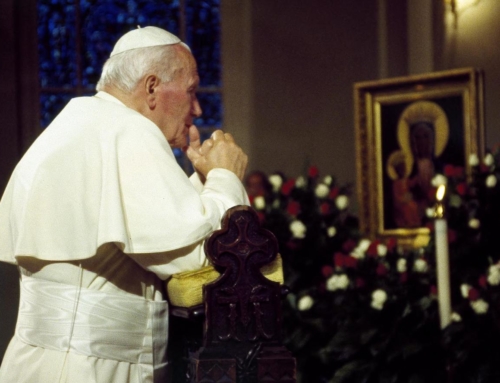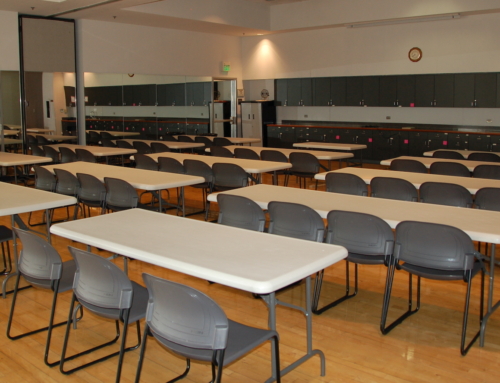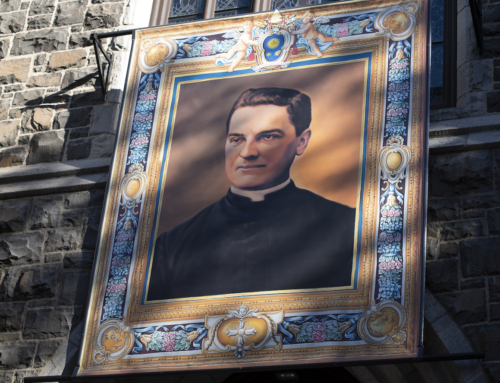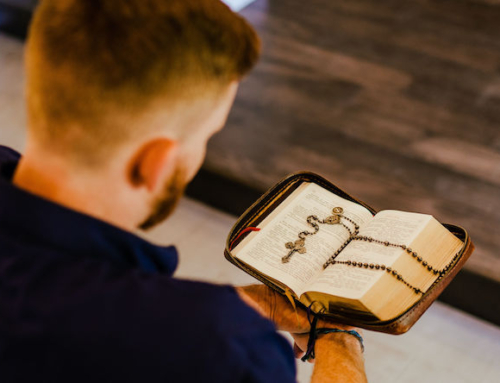There was a rich man who dressed in purple garments and fine linen
and dined sumptuously each day.
And lying at his door was a poor man named Lazarus, covered with sores,
who would gladly have eaten his fill of the scraps
that fell from the rich man’s table.
Dogs even used to come and lick his sores. (Lk 16:19–21)
A 2009 study entitled “The Continuing Relevance of Family Income for Religious Participation” shows a troubling statistic. The poor are not coming to Mass. Catholics who make less than $30,000 are drastically more likely to not show up on Sunday. Why is this?
The study tests multiple variables, hoping to hone in on the causes of this absence from the liturgy. Travel, work schedules, and family stability all contribute to apparent trends, and it is therefore difficult to conclude what is the root cause. However, the study does provide a quizzical suggestion: “the social atmosphere of many parishes may no longer be inviting to low-income Catholics.”
Matthew Schmitz, a senior editor of First Things, advances an argument that the absence of beauty creates an absence of the poor ones. He traced diminishing attendance of the poor to the rise of modernism in Church art, liturgy, and architecture following Vatican II. This trend favors abstract and theoretical works in lieu of classical and traditional works, making beauty less accessible to all the members of the Church. Architect Duncan Stroik recognizes that the poor are especially affected by this trend: “The poor need beauty to ennoble them, to raise them up out of the morass of this fallen world.”
The Church teaches that the “preferential option for the poor” must prioritize the spiritual dimension of the person. St. John Paul II writes, “This option is not limited to material poverty, since it is well known that there are many other forms of poverty, especially in modern society—not only economic but cultural and spiritual poverty as well.” This demands that we feed the hunger of the poor, not only for bodily food, but also the hunger for spiritual goods—for beauty and communion.
The 2009 study recognizes the harm of technocratic solutions: “Parish-based efforts addressed at helping the poor can even create a barrier to low-income Catholics’ religious participation, consistent with [the observation of a previous study] that faith-based social services ‘can reinforce a hierarchical division between those who provide and those in need.’” The danger is that service efforts form a provider-receiver relationship rather than a communion of charity.
Truth is impoverished if the rich and the poor do not share communion in the Church. At the deepest part of our reality, we kneel as beggars before God. Both Warren Buffett and the anonymous pauper are utterly reliant upon God for their existence and sustenance. “Apart from me you can do nothing” (Jn 15:5). “What do you have that you did not receive?” (1 Cor 4:7). Losing sight of this existential poverty hurts everyone involved.
Sharing something beautiful unites us. On the feast of the Annunciation a few years ago, something beautiful happened that changed Michigan Avenue, the street outside our priory walls. A storm-dark sky, still dripping, became emblazoned by the setting sun. The explosion of beauty stopped everyone on the street. We all stood side by side, facing the same direction, at the same reality, enjoying the same impression with the congeniality as of Christmas morning. In a natural way, we were united in receiving that gift from God. Even beyond this earthly wonder, in a supernatural way, we can be united in the gift of the Eucharist, with all its beauty and all its grace.
The sumptuous banquets of the rich man were not what led to his condemnation. Nor was it his refusal to throw the scraps of his food to Lazarus and his dogs. The rich man, blessed by God with those good things, failed to share the beauty of his banquet. Bl. Paul VI writes that true human community happens “where the needy Lazarus can sit down with the rich man at the same banquet table” (Populorum Progressio, 47). The Mass is where this should be most true.
✠
Image: Gaspar van den Hoecke, Lazarus and the Rich Man’s Table







